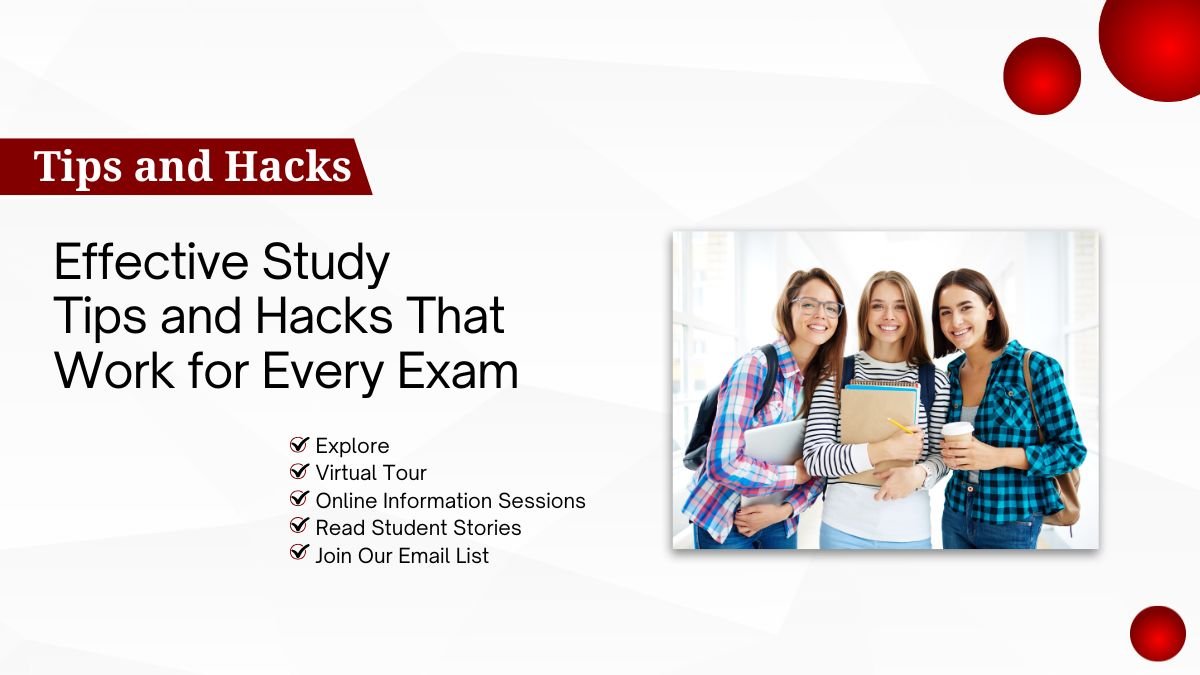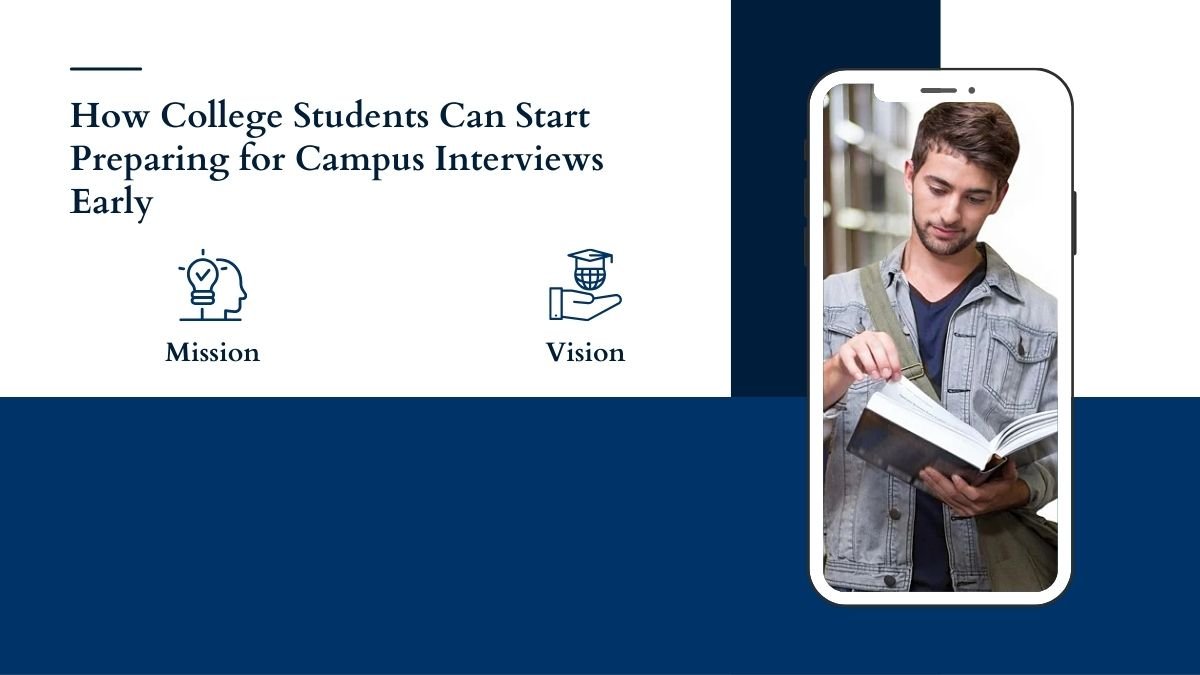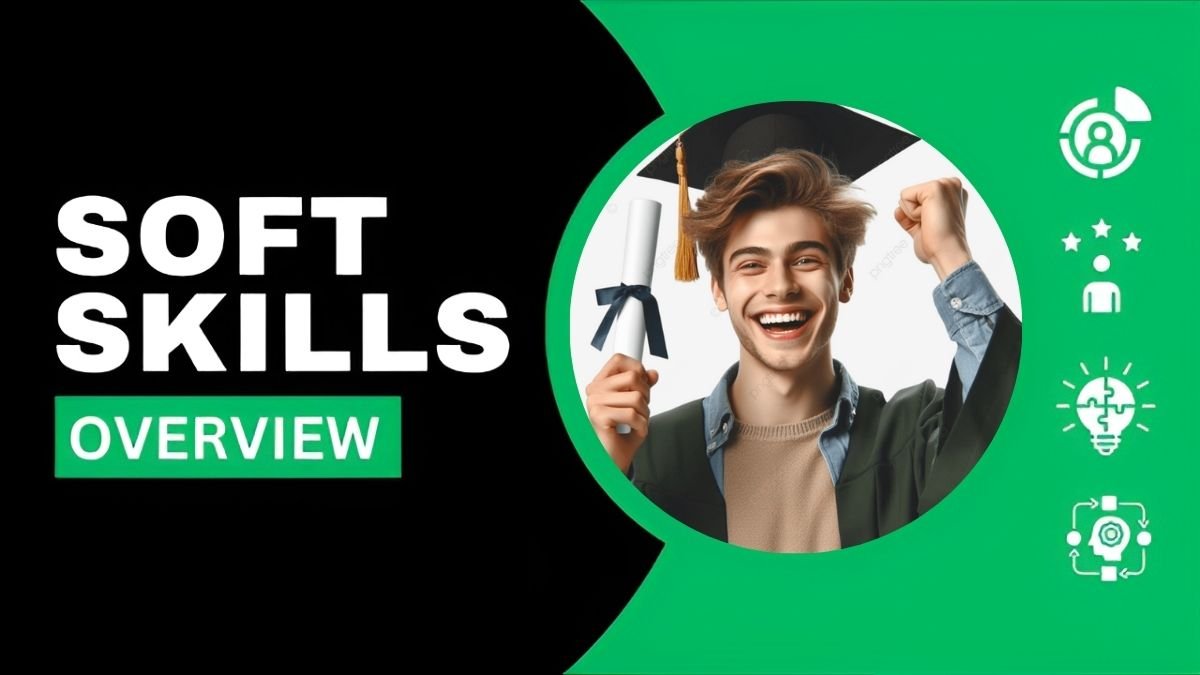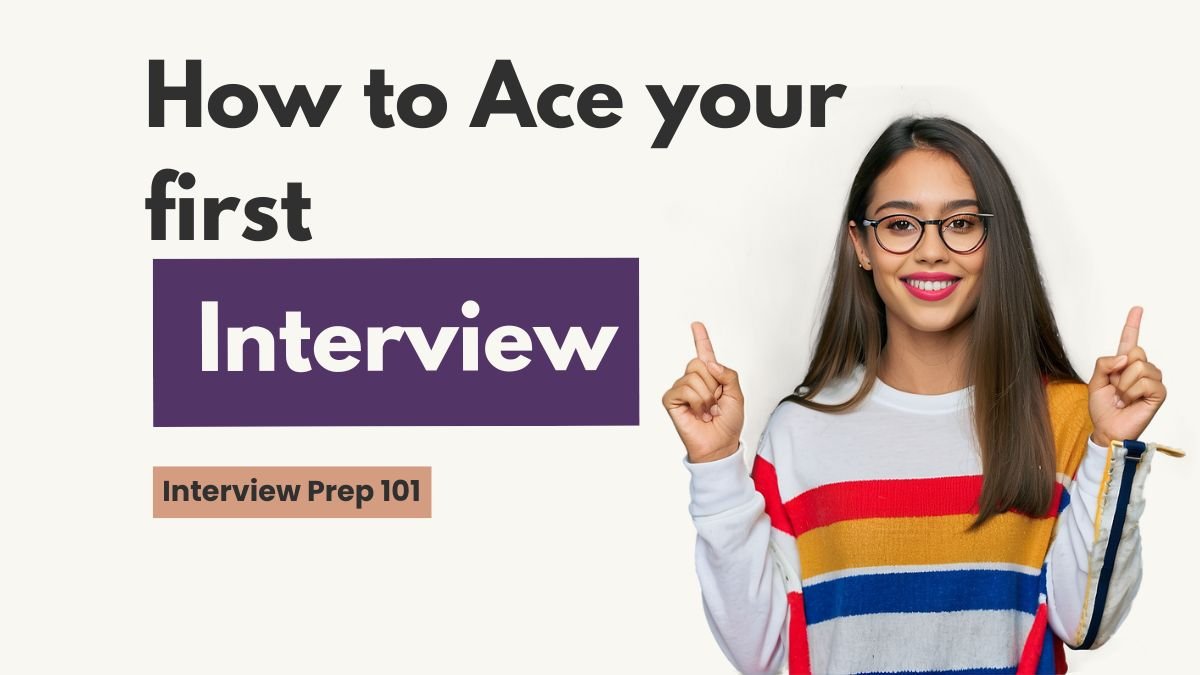If you are in college and want to get your dream job, the first and foremost step is to create a great resume. A resume is the document that makes the first impression on any employer. And we all know – First impression is the last impression! Now the question is, how can you create an impressive resume even when you don’t have much work experience? In this article, we will discuss how you can create a professional and impressive resume as a college student that reflects your skills, achievements, and personality.
What is the purpose of a resume?
A resume is not just a piece of paper where you write your name and marks. Its purpose is:
- To show that you are capable of the job
- To sell your skills and experience (sell yourself professionally)
- To highlight your achievements
- To prove that you are a positive and hardworking person
- And also to show that you can make a good contribution to the company
Eric Cervantes of Oracle company says – “Always think about what the employer reading your resume wants to see.” That is, you should write your resume from the employer’s point of view.
Resume structure – how to make it?
Now let’s understand what are the important parts of a good resume:
1. Personal Details
- Your full name
- Mobile number
- Email ID
Tips:
- Keep the email ID professional, like: rahul.sharma23@gmail.com
- Keep the voicemail or WhatsApp DP professional – because the employer can call
- There is no need to give home address or date of birth
2. Education Details
In this section, tell where you studied:
- College name
- Course (like B.A., B.Tech, B.Com)
- Your major and minor subjects
- Your CGPA or percentage
- Estimated year of graduation
Example:
Bachelor of Arts in Psychology, Delhi University, Expected Graduation: May 2026, CGPA: 8.2/10
Tip: If you have any major achievement in school If you have achieved something like winning an Olympiad or being a head boy, then you can add it briefly.
3. Work Experience
Include your internships, part-time jobs or volunteering experience in this part.
How to write:
- Company name
- Working period
- Your role/position
- Work responsibilities and special achievements
Wrong way: “Answered customer calls.”
Right way: “Handled 150+ banking calls in each shift, which included account information, transfers, complaints and sales-related questions.”
Example of achievement: “Achieved sales targets every quarter. Was selected as ‘Best Employee of the Month’ three times in the first year.”
4. Technical Skills
Take advantage of college projects and coursework. Here you can show:
- What software or programming languages you have learned
- What projects you used these skills on
- What role you played in that project
Example: Developed a basic e-commerce website using HTML, CSS, and JavaScript as part of Web Development coursework.
5. Extracurricular Activities
This section is extremely important because companies look at how versatile and a team-player you are.
What to include:
- Membership in student clubs or societies
- Participation in sports or cultural activities
- Leadership roles (e.g. class representative, club president)
- Exchange programs or workshops
- Trips or travel experiences
Why it’s important: These are representative of the preferences and may help to tell how one functions while working within a team, copes under pressure, and reacts well with people in communicating.
6. References
There is no need to write “References available on request” in the resume. If the employer needs it, he will ask for it himself.
7. Cover Letter
Although a cover letter is not necessary for every job, it is a good opportunity to show your personality and passion.
What to write:
- Why are you interested in this job
- What qualities of yours make you different from others
- What is your career goal
- What contribution can you make to this company
Final Tips – Some tips to make the resume great
- Make section titles clear and bold
- Use simple and readable fonts (like Arial, Calibri)
- Explain things in bullet points – avoid paragraphs
- Proofread twice – there should not be a single spelling mistake
- Save the resume in PDF and send in the same format
- Name the file: Rahul_Sharma_Resume.pdf – so that it looks professional
Understand with an example
Basic Resume Example:
- Name:
- Email:
- Education:
- Skills:
- Internship:
- Extracurricular:
Improved Resume Example:
- Created monthly budget reports and maintained accounts using MS Excel
- Led a 4-member team during college fest budgeting competition
- Attended 2-week Financial Modelling workshop by NSE Academy
- Raised ₹50,000 sponsorship as Event Coordinator
Conclusion
Despite being a college student, you can create a great resume, all you need is the right approach and thinking. Your resume is not just about your degree or your career. It’s not your marks that tell your whole story – who you are, what you’ve learned, and how you can be valuable to a good company.
So sit down today, pull out your old notes, certificates and projects, and prepare a resume that will make employers say – “Yes! This is the candidate we need!”









